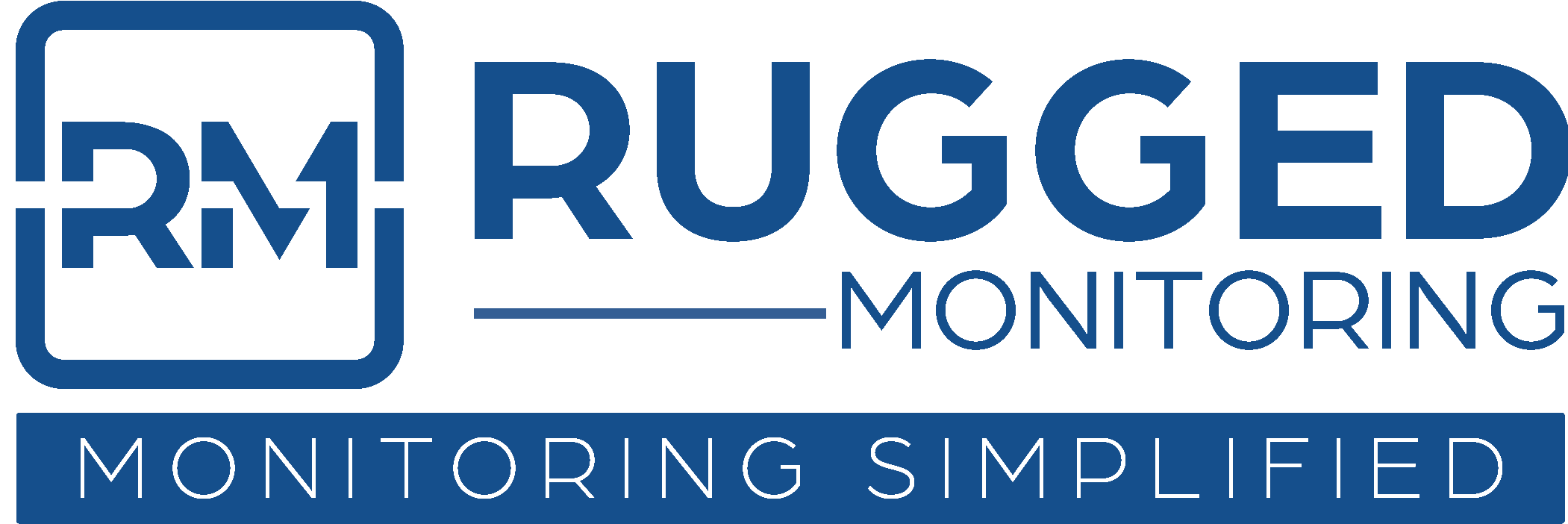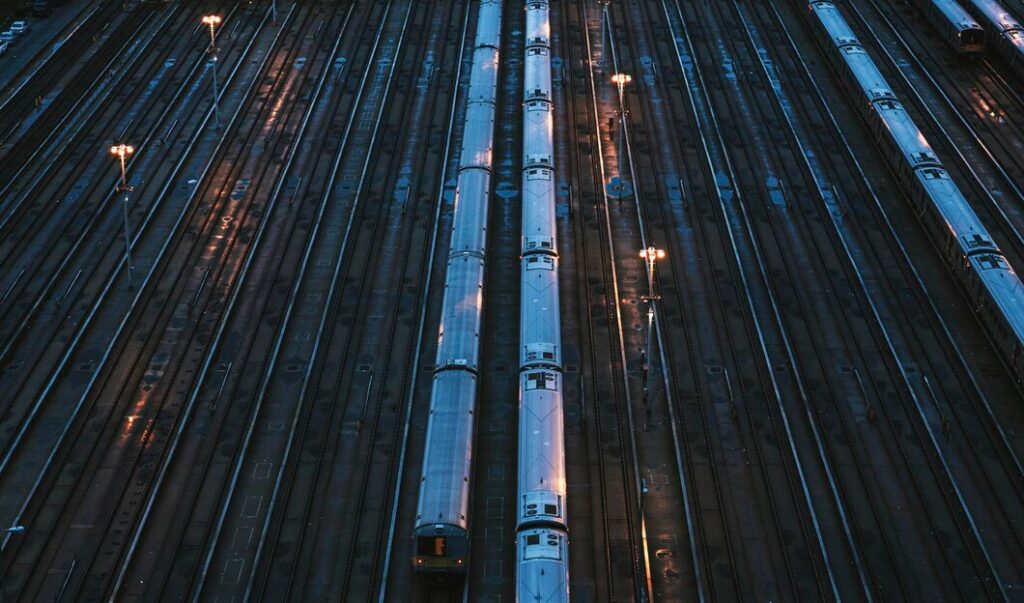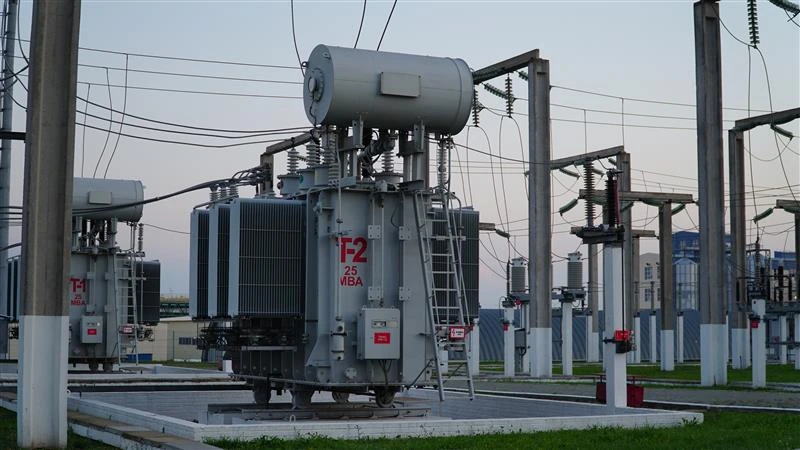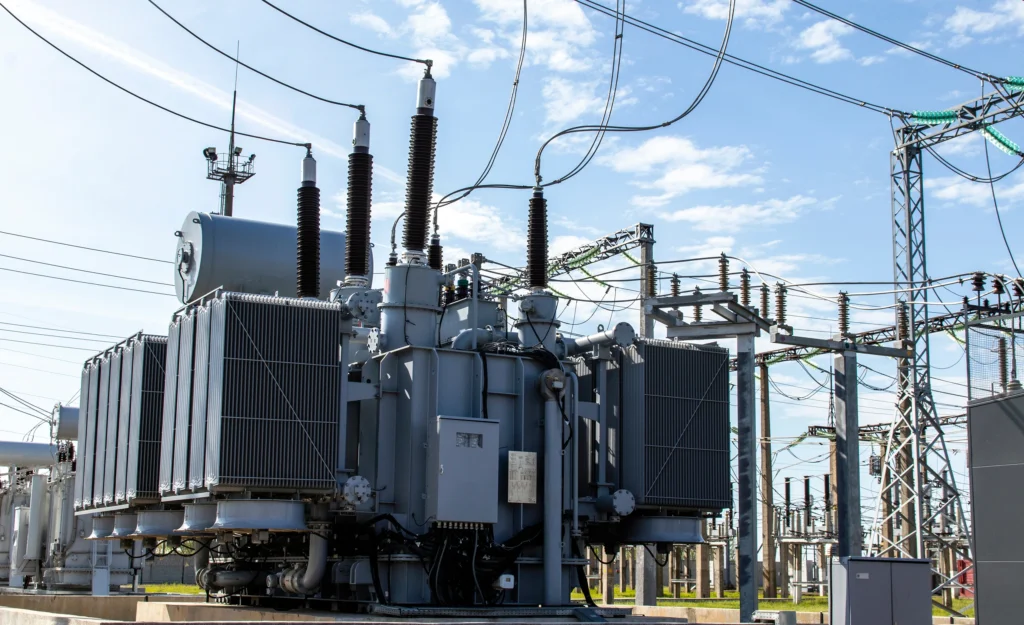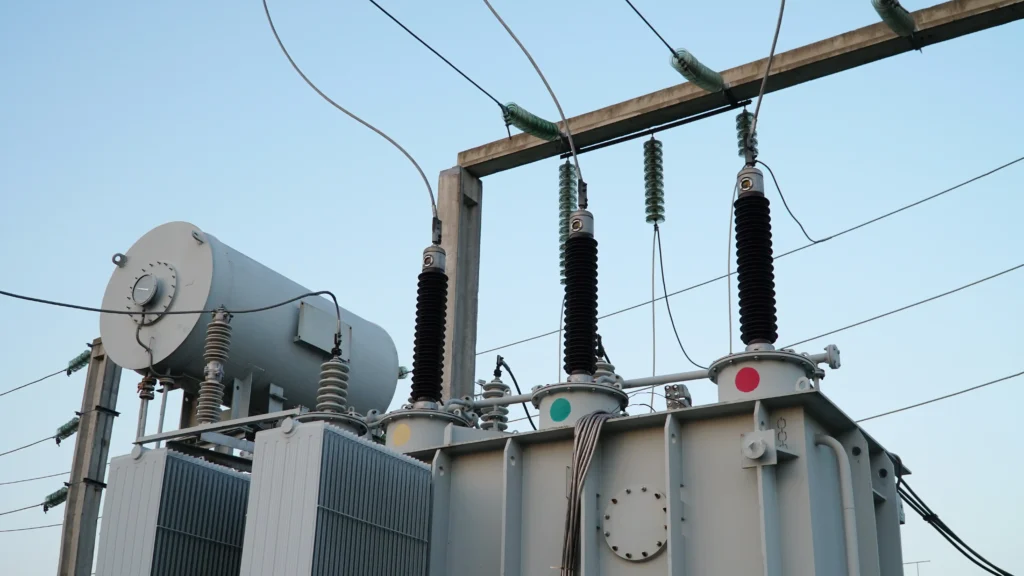Introduction: The railway industry has always been at the forefront of adopting innovative technologies to enhance efficiency and safety. One such critical component that has seen significant evolution over the years is the Traction Transformer. These transformers play a pivotal role in converting electrical power to the appropriate voltage and frequency to drive train motors. As the demand on rail systems grow, so does the need for more advanced and efficient traction transformers. This article delves into the historical evolution, modern techniques, safety implications, challenges, and the future of traction transformer technologies, emphasizing the role of electrical asset monitoring software in optimizing their performance.
Historical Evolution of Traction Transformer Technologies
The inception of traction transformers marked a significant milestone in the railway industry. These transformers, in their nascent stages, were fundamentally designed to cater to the rudimentary needs of power conversion. Their primary role was to ensure that trains received the appropriate electrical power to function efficiently.
However, as the railway networks expanded, bringing with them the challenges of longer routes and the demands for higher speeds, the limitations of the early traction transformers became evident. The burgeoning rail systems necessitated the development of transformers that were not only efficient but also adaptable to the evolving demands of modern trains.
The evolution of traction transformer technologies was characterized by several pivotal advancements. The introduction of high-capacity transformers in the late 20th century, for instance, allowed trains to travel at unprecedented speeds, covering longer distances in shorter timeframes. This was closely followed by the development of compact and lightweight transformers, which significantly reduced the overall weight of trains, further enhancing their efficiency.
Another noteworthy advancement was the integration of advanced cooling systems. Early traction transformers often faced overheating issues, especially during long journeys. The integration of sophisticated cooling technologies ensured that these transformers operated at optimal temperatures, thereby prolonging their lifespan and reducing maintenance costs.
The evolution was not just limited to the hardware. With the advent of digital technology, traction transformers were equipped with sensors and monitoring systems. This allowed for real-time monitoring of their performance, ensuring that any anomalies were detected and addressed promptly.
The growth and expansion of rail systems worldwide also brought with them region-specific challenges. For instance, trains operating in colder regions required transformers that could function efficiently in sub-zero temperatures, while those in tropical regions needed transformers that were resistant to humidity and corrosion. This led to the development of region-specific traction transformer technologies, further underscoring the adaptability and versatility of these systems.
The historical evolution of traction transformer technologies paints a picture of continuous innovation and adaptability. From their humble beginnings to their modern incarnations, these transformers have consistently risen to the challenges posed by the ever-evolving railway industry, ensuring that trains operate safely and efficiently.
Modern Traction Transformer Techniques
The realm of traction transformers has witnessed significant advancements, particularly in the context of modern rail systems. Today’s traction transformers are not just about power conversion; they epitomize the pinnacle of engineering, designed meticulously to cater to the multifaceted demands of contemporary rail networks.
One of the standout features of contemporary traction transformers is their adaptability. Unlike their predecessors, modern transformers are equipped to handle fluctuating power demands, ensuring trains maintain consistent speeds even during peak load times. This adaptability is achieved through advanced winding techniques and the use of high-grade insulating materials, which ensure minimal energy loss and optimal performance.
Another remarkable advancement is the integration of real-time monitoring systems. With the proliferation of Electrical Asset Monitoring Software, these transformers are now equipped with sensors that continuously monitor their health. This not only aids in predictive maintenance but also ensures that potential issues are identified and rectified before they escalate, thereby minimizing downtimes and ensuring uninterrupted rail operations.
Furthermore, the modern traction transformers are designed with a focus on sustainability. They are more energy-efficient, reducing the overall carbon footprint of rail operations. The use of eco-friendly materials and advanced cooling techniques further underscores their environmentally-friendly design.
The emphasis on compactness and weight reduction is another notable feature. Modern traction transformer technologies prioritize space optimization, leading to the development of compact designs that are lightweight yet robust. This not only reduces the overall weight of the train but also enhances its efficiency, as less energy is required to move the train.
The modern traction transformer techniques are a testament to the relentless pursuit of excellence in the railway industry. They embody the perfect blend of innovation, efficiency, and sustainability, ensuring that trains operate seamlessly, even in the most challenging conditions.
Safety Implications of Traction Transformers
Safety remains at the forefront of considerations in rail systems, given the sheer number of passengers they transport daily and the potential hazards associated with electrical components. Traction transformers, pivotal to the operation of these systems, are embedded with a plethora of safety measures. These measures are meticulously designed to ensure that the transformers not only deliver optimal performance but also do so without jeopardizing the safety of the rail system or its passengers.
One of the primary safety features of traction transformers is their robust insulation systems. Given the high voltages they handle, it’s imperative that these transformers are equipped with top-tier insulation to prevent any electrical leakages or short circuits. This insulation also acts as a barrier against external contaminants, ensuring the transformer’s longevity and consistent performance.
Another significant safety implication is the integration of advanced cooling systems. Traction transformers generate a considerable amount of heat during operation. Modern cooling techniques, often liquid-based, ensure that the transformer remains within safe operational temperatures, thereby preventing overheating and potential fire hazards.
Furthermore, the inclusion of Electrical Asset Monitoring Software has revolutionized the safety protocols associated with traction transformers. These software solutions continuously monitor the health of the transformer, detecting anomalies in real-time. This proactive approach allows for timely interventions, reducing the risk of catastrophic failures and ensuring uninterrupted and safe rail operations.
Grounding and protection relays are also integral to the safety architecture of traction transformers. These systems ensure that in the event of a fault, the transformer is promptly disconnected from the power source, minimizing potential damage and ensuring passenger safety.
The safety implications of traction transformers are multifaceted, encompassing everything from insulation and cooling to real-time monitoring and protective relays. These measures collectively ensure that rail systems operate seamlessly, with safety being the topmost priority.
Challenges in Traction Transformer Technologies
Traction transformers, while instrumental in the seamless operation of rail systems, come with their own set of challenges. These challenges, often technical in nature, require constant attention from engineers, rail system operators, and maintenance teams to ensure the safety and efficiency of rail operations.
One of the foremost challenges is the sheer size and weight of traction transformers. Given their pivotal role in converting and distributing power, these transformers are inherently bulky. This poses logistical challenges, especially when it comes to installation, maintenance, and replacement.
Another significant challenge is the thermal management of these transformers. Due to the high currents and voltages they handle, traction transformers are prone to overheating. While modern designs incorporate advanced cooling systems, ensuring consistent and efficient cooling in varying operational conditions remains a challenge.
Electrical interference is yet another concern. Traction transformers, by virtue of their operation, can generate electromagnetic interference (EMI). This EMI can potentially disrupt other electronic systems on the train, necessitating the integration of shielding and grounding solutions.
The integration of Electrical Asset Monitoring Software, while beneficial, also presents its own set of challenges. Ensuring real-time data accuracy, managing vast amounts of data, and integrating the software with legacy systems can be complex tasks.
Furthermore, the constant evolution of rail systems and the push for more eco-friendly and efficient solutions mean that traction transformers need to be adaptable. Designing transformers that can cater to varying power requirements, while also being energy-efficient, is a challenge that engineers continually grapple with.
While traction transformer technologies have revolutionized rail energy systems, they come with a set of challenges that require innovative solutions and constant attention from professionals in the field.
The Future of Traction Transformers
The realm of traction transformers is on the cusp of significant advancements, driven by the relentless pursuit of more efficient, reliable, and eco-friendly rail systems. As the backbone of these systems, traction transformers are poised to undergo transformative changes to meet the evolving demands of modern rail networks.
Integration with Renewable Energy Sources: As the world shifts towards sustainable energy, traction transformers are expected to be designed to integrate seamlessly with renewable energy sources. This would mean transformers capable of handling power from solar or wind sources, ensuring trains run on greener energy.
Advanced Cooling Systems: With the increasing demand for high-speed trains, the thermal load on traction transformers will rise. Innovations in cooling technologies, possibly leveraging phase-change materials or advanced heat sinks, will become crucial.
Compact Designs: Space is at a premium on trains. Future traction transformers might see a trend towards more compact, lightweight designs without compromising on their power handling capabilities.
Smart Monitoring and Predictive Maintenance: With the integration of Electrical Asset Monitoring Software, traction transformers will become “smarter.” They will be equipped with sensors and software that can predict potential failures, optimize performance, and reduce maintenance costs.
Enhanced Electromagnetic Shielding: As electronic systems become more intricate and ubiquitous on trains, traction transformers will need to incorporate advanced electromagnetic interference (EMI) shielding techniques to prevent disruptions.
Modularity and Scalability: To cater to diverse rail systems and their unique requirements, traction transformers of the future might adopt modular designs. This would allow for easy scalability and customization based on the specific needs of a rail network.
The future of traction transformers is not just about power conversion; it’s about integrating with the broader ecosystem of rail operations, ensuring safety, efficiency, and sustainability.
Conclusion
Traction transformers are undeniably the backbone of modern rail energy systems. Their evolution and advancements are a testament to the industry’s commitment to innovation and efficiency. As we look to the future, it’s evident that traction transformer technologies will continue to evolve, playing an even more significant role in shaping the future of rail systems. With the integration of electrical asset monitoring software, we can ensure their optimal performance, safety, and longevity, further solidifying their place in the future of rail energy systems.
